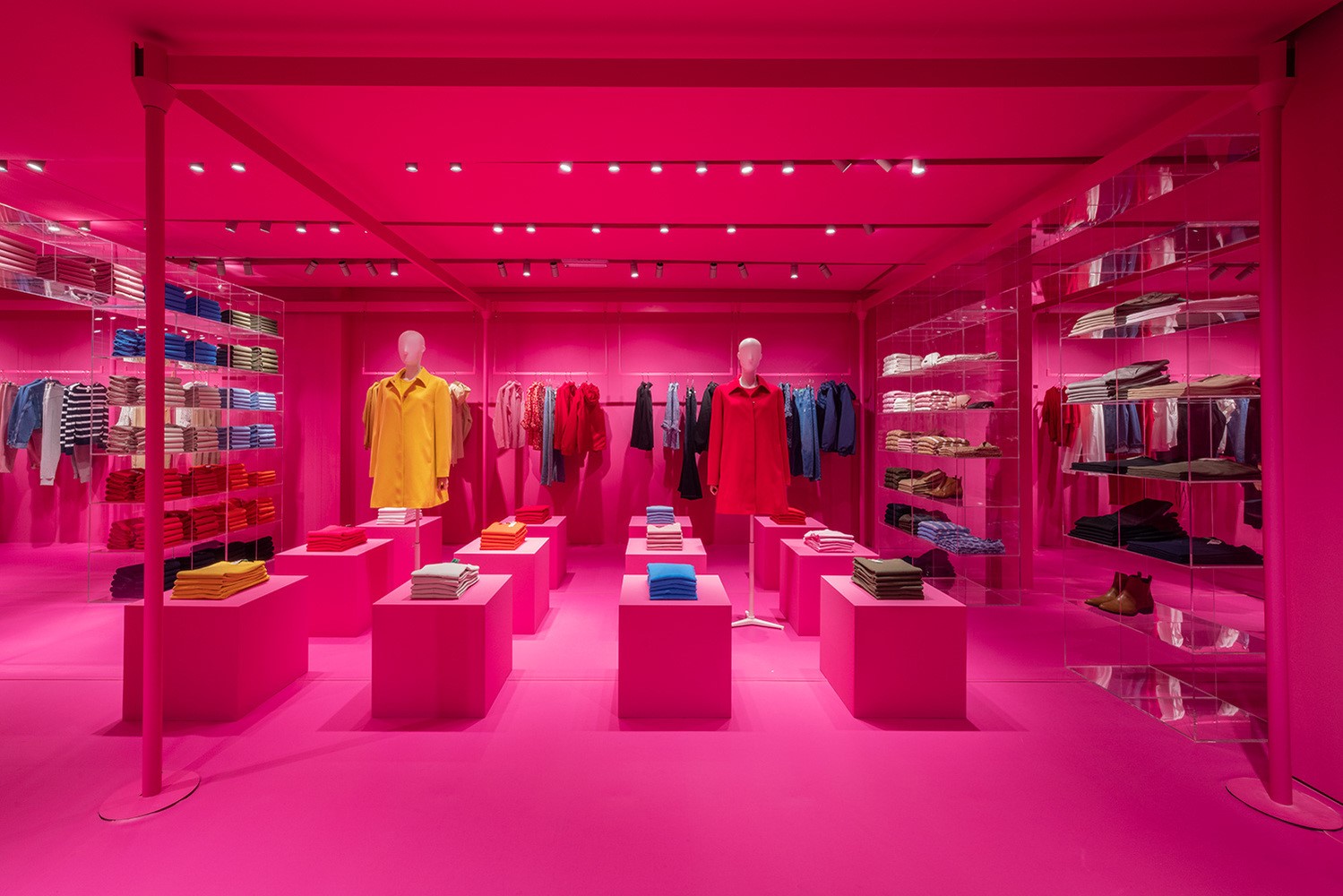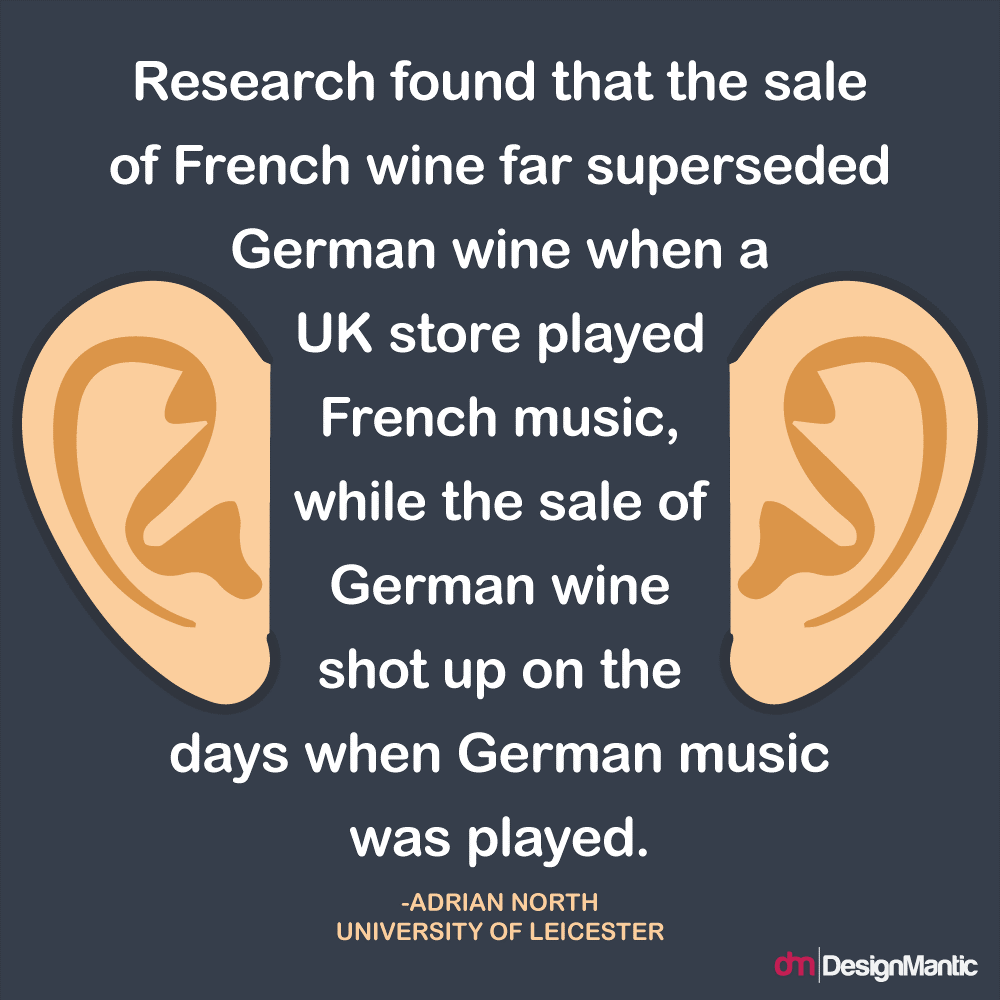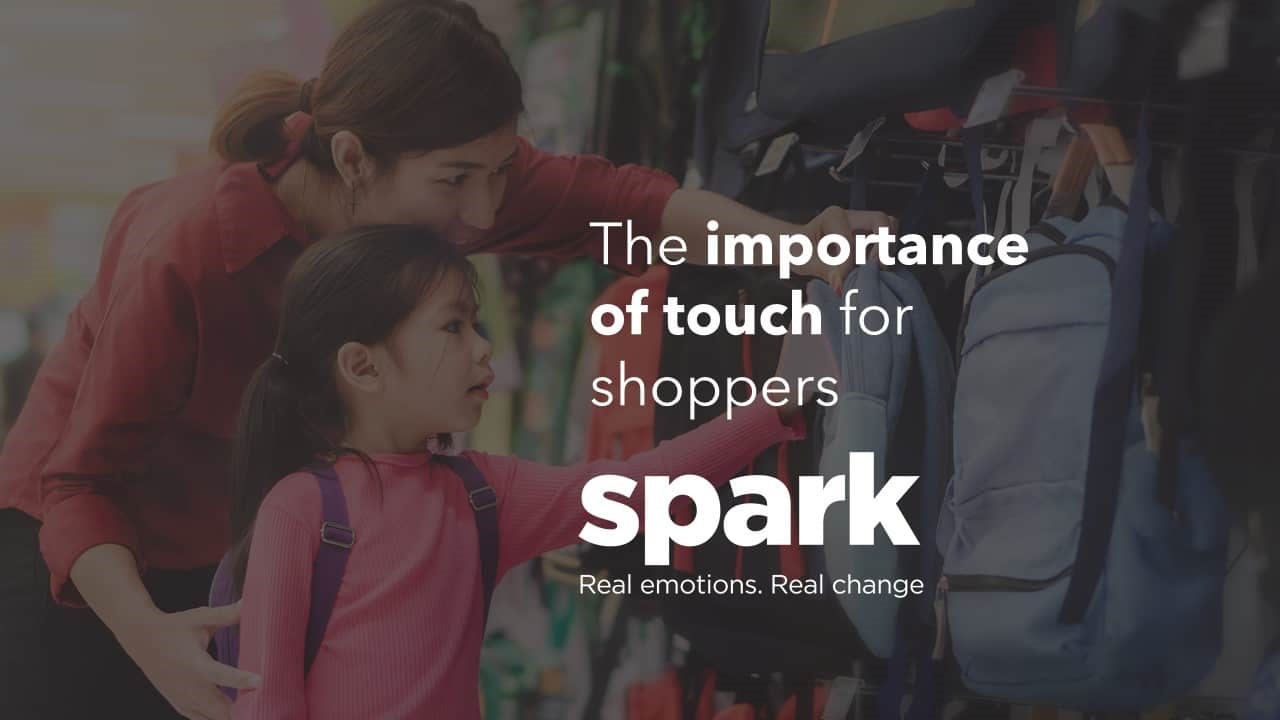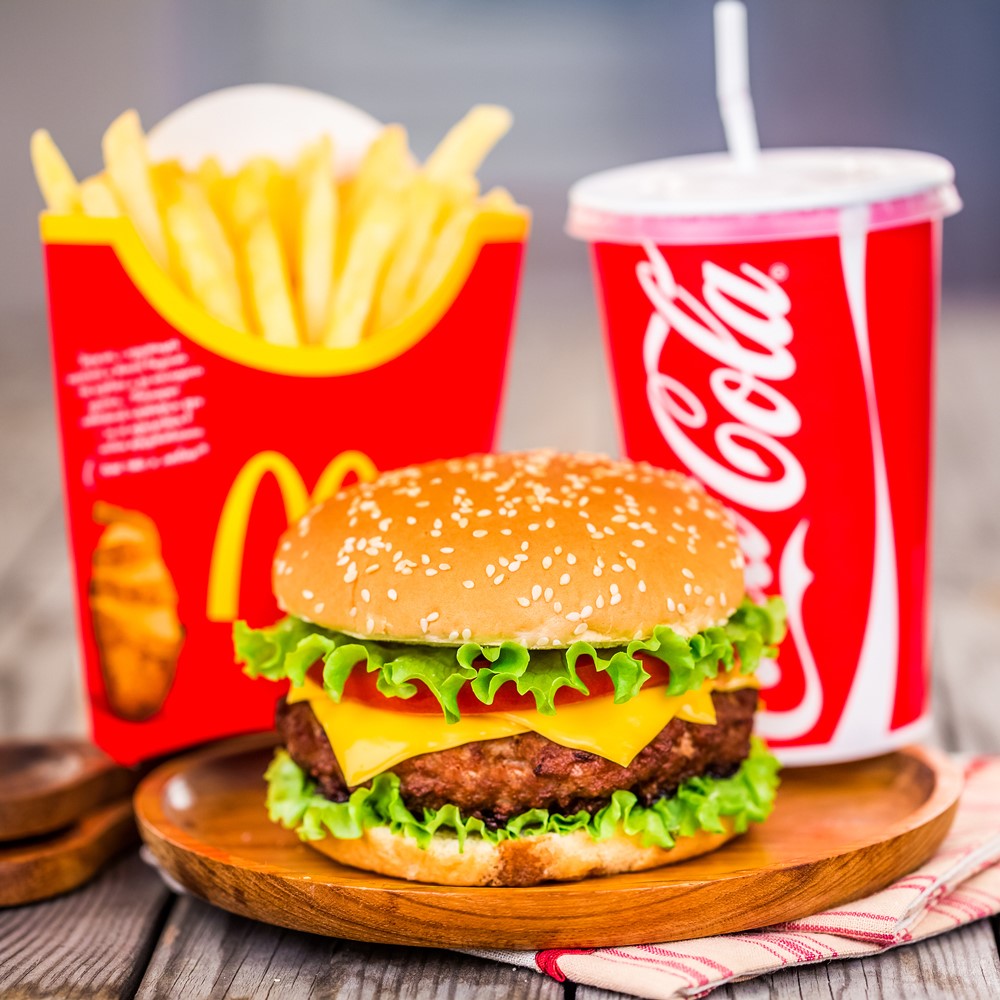Multi-Sensory Branding in Retail Design: Engaging Consumers Beyond Sight

"A store is a brand’s most powerful media channel." – Kevin Kelley
In the age of digital overload, a store must be more than just a place to shop—it should be an experience. Multi-sensory branding transforms shopping into an unforgettable experience by engaging all five senses—sight, sound, smell, touch, and taste. By appealing to multiple senses, brands create deeper emotional connections with customers, making every visit more immersive, enjoyable, and memorable.
What is Multi-Sensory Branding?
Multi-sensory branding is about engaging multiple senses to influence how customers feel and recall a brand. It goes beyond just visuals—stores use music, scents, textures, and even taste to create a unique atmosphere that leaves a lasting impression.
How Different Senses Shape Retail Experiences
1. Sight: The First Impression
Our eyes are the first to notice a store. The way a shop looks can influence whether customers walk in or walk away.
- Colors Matter: Bright colors like red and yellow create excitement, while cool tones like blue and green feel calm and relaxing.
- Store Layout: A well-organized store makes it easier for shoppers to explore products.
- Digital Displays: Screens and interactive elements grab attention and provide useful information.

2. Sound: Setting the Mood
Music and sound play a big role in shaping a store’s atmosphere.
- Background Music: Slow music makes people stay longer, while fast beats create energy.
- Brand Sounds: Some brands have their own sound—think of McDonald's “I’m Lovin’ It” jingle.
- Calming Audio: Some stores use soft sounds to create a relaxing environment.

3. Smell: Creating Lasting Memories
Scents are powerful because they trigger emotions and memories.
- Signature Scents: Luxury stores often have their own unique fragrance to make shopping more enjoyable.
- Aromatherapy: Spas and wellness brands use calming scents like lavender to make customers feel relaxed.
- Food Aromas: The smell of fresh coffee or baked bread in cafés and supermarkets makes people want to buy more.

4. Touch: Encouraging Interaction
The way a product feels can affect whether a customer buys it.
- Textures Matter: Soft fabrics in clothing stores or smooth packaging on beauty products make them more appealing.
- Try Before You Buy: Apple Stores let customers test devices before purchasing.
- Interactive Screens: Some stores use touchscreens or virtual mirrors to help customers explore products.

5. Taste: A Memorable Experience
Taste is mostly used in food and beverage stores, but it can also enhance branding in other ways.
- Free Samples: Grocery stores and cafés offer tastings to attract buyers.
- Themed Cafés: Some fashion brands open cafés inside their stores to create a lifestyle experience.
- Custom Flavors: Some brands let customers personalize drinks or food items to make the experience more special.

Why Multi-Sensory Branding Matters?
- Better Brand Recall: When multiple senses are engaged, people remember the brand longer.
- Stronger Customer Connection: Sensory experiences create emotional bonds with customers.
- More Enjoyable Shopping: A well-designed store makes customers want to stay longer.
- Increased Sales: The more comfortable and engaged shoppers feel, the more likely they are to buy.
Real-Life Examples of Multi-Sensory Branding
- Apple: Simple store design, smooth-touch gadgets, and carefully curated music.
- Nike: Energetic music, digital screens, and unique store scents.
- Lush: Strong fragrances, colorful displays, and hands-on product trials.
- Starbucks: The warm smell of coffee, cozy lighting, and soft music create a welcoming vibe.
Learn Multi-Sensory Branding at Presidency University
As a leading design institution, Presidency School of Design offers a B.Des. in Communication Design, where students explore retail store branding and multi-sensory marketing. Through industry-driven coursework, field trips, and case studies, students master the art of designing unforgettable brand experiences.
Step into the future of branding and design at Presidency University!
Blog Prepared by:
Mr. Brijesh Kumar Jaiswal
Assistant Professor
Presidency School of Design













 Rajanukunte, Yelahanka, Bengaluru, Karnataka, Pin: 560119, India
Rajanukunte, Yelahanka, Bengaluru, Karnataka, Pin: 560119, India
 +91 9022092222
+91 9022092222